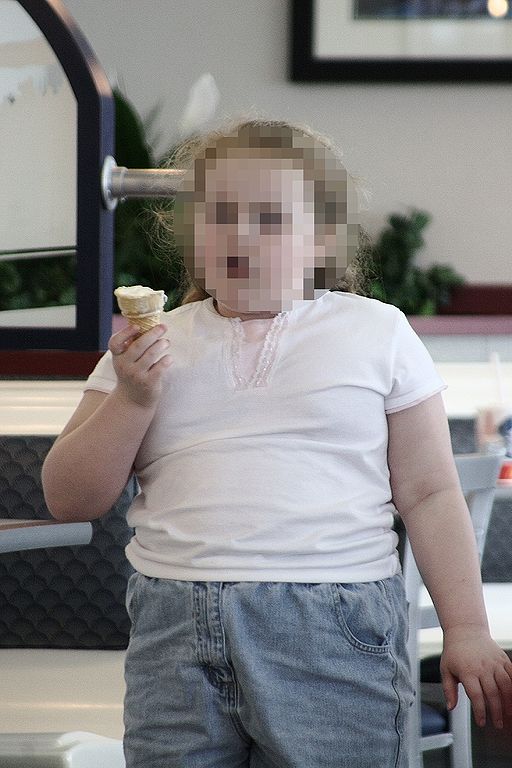Researchers have found that severely obese children respond well to behavioral treatment, but not severely obese adolescents. The study, conducted by Dr. Pernilla Danielsson, Karolinska Institutet, Stockholm, Sweden, was presented at the 19th European Congress on Obesity in Lyon, France.
The researchers evaluated 643 children who began behavioral obesity treatment at Sweden’s National Childhood Obesity Center between 1998 and 2006.
Participants were divided into three age groups (6-9, 10-13, and 14-16 years) and further into two groups, depending on how obese they were.
The researchers used a body-mass index (BMI) standardized age- and gender-dependent deviation score (SDS) in order to compare weight data between children of different ages and gender, and to examine differences over time.
Moderately obese was defined as BMI SDS 1.6-3.5 and severely obese was defined as BMI SDS ≥ 3.5.
In the group of moderately obese children, the team found that those aged 6 to 9 years showed a decline in BMI SDS. Even though treatment effect was observed in the older age groups with moderate obesity. It was less pronounced.
The researchers found that severely obese young children responded even better to treatment, while adolescents showed no changed in BMI SDS at all after 3 years. Severely obese boys in the 10-13 year old age group showed a significantly greater mean reduction in BMI SDS than girls.
Compared to severely obese children with obese mothers, those with normal-weight mothers had a larger mean decrease in BMI SDS. The researchers found no association between father’s weight status and change of BMI SDS.
Younger very obese children respond better to behavioral treatment than their adolescent counterpants
Danielsson said:
“Behavioral treatment is successful when initiated early in life both for moderately and severely obese children. Adolescents with severe obesity show no effect at all of behavioral treatment, while those adolescents with moderate obesity show a response that is much less pronounced than for younger children with moderate obesity.”
The team found that 92% of severely obese adolescents were obese and 51% were severely obese at the age of 7 years, while corresponding values for the moderately obese were 46% and 8%.
Danielsson explained:
“This means early treatment may be one way to reduce treatment failures during adolescence. For the severely obese adolescents, new treatment modalities such as gastric banding or gastric bypass need to be developed and tested.”
Earlier studies have demonstrated that during obesity treatment self-esteem was reduced. According to Danielsson, treatments such as bariatric surgery in adolescents requires further research and development in order to make sure they are safe for adolescents.
Grace Rattue
